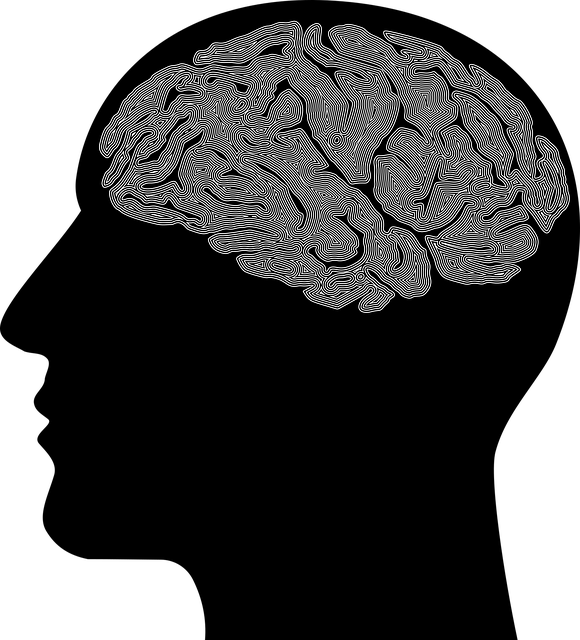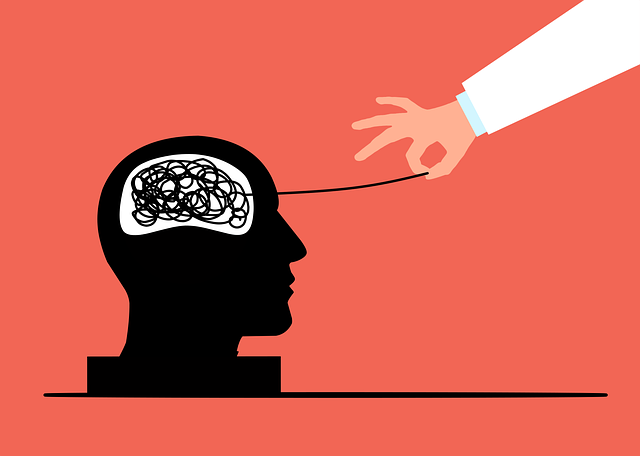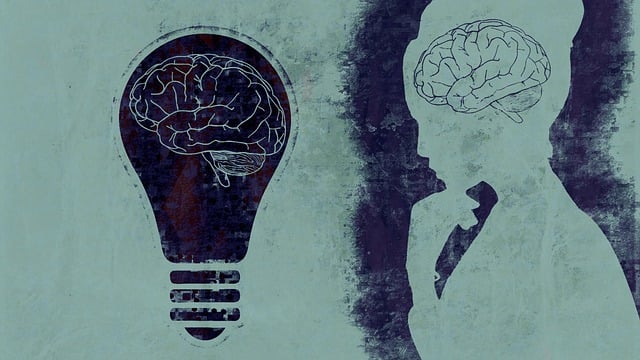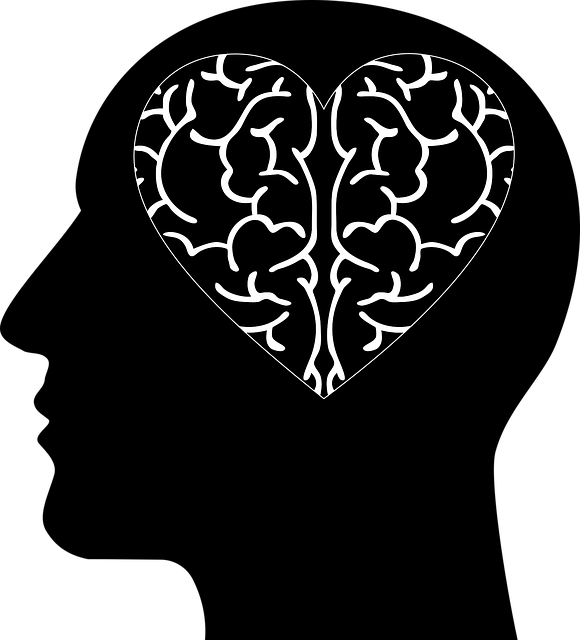Post-Traumatic Stress Disorder (PTSD) is a complex mental health condition triggered by traumatic events. Diagnosis requires understanding symptoms like intrusive memories, nightmares, and avoidance behaviors, followed by a thorough assessment by a qualified healthcare professional. Golden post-traumatic stress disorder therapy employs evidence-based approaches such as CBT, EMDR, and Exposure Therapy to process trauma, reduce anxiety, and build resilience. Mindfulness Meditation and public awareness campaigns also aid recovery. Specialized resources like Golden Post-Traumatic Stress Disorder (PTSD) Therapy are crucial, offering tailored techniques for managing symptoms, conflict resolution, and mental health education to foster holistic healing.
“Navigating mental health journeys can be challenging, especially with conditions like Post-Traumatic Stress Disorder (PTSD). This comprehensive guide aims to illuminate the path towards understanding and managing PTSD. We delve into the symptoms and underlying causes of this complex condition, offering a step-by-step approach to diagnosis. Furthermore, discover the golden rules of PTSD therapy, highlighting evidence-based strategies for healing. From resources to recovery tips, this article empowers individuals seeking effective treatment and provides valuable insights into Golden Post-Traumatic Stress Disorder Therapy.”
- Understanding Post-Traumatic Stress Disorder (PTSD): Symptoms and Causes
- Navigating Diagnosis: A Step-by-Step Guide for Effective Therapy Selection
- Golden Rules of PTSD Therapy: Evidence-Based Approaches for Healing
- Supportive Resources and Strategies for Effective Recovery and Management
Understanding Post-Traumatic Stress Disorder (PTSD): Symptoms and Causes

Post-Traumatic Stress Disorder (PTSD) is a mental health condition that can affect individuals after they’ve experienced or witnessed a traumatic event. This disorder often develops when someone goes through a highly distressing situation, such as military combat, natural disasters, accidents, or severe injuries. The brain’s response to trauma can lead to long-lasting symptoms that disrupt daily life and well-being.
Symptoms of PTSD may include intrusive memories or flashbacks, nightmares, intense avoidance of reminders of the trauma, negative changes in thoughts and mood, increased arousal, and hypervigilance. Individuals with PTSD might re-experience the traumatic event through vivid dreams or flashbacks, feel constantly on edge, have trouble sleeping, and exhibit irritable behavior. It’s important to recognize that PTSD is not merely a sign of weakness but can impact anyone, regardless of background or resilience. Golden post-traumatic stress disorder therapy involves various evidence-based approaches, such as Cognitive Behavioral Therapy (CBT), Eye Movement Desensitization and Reprocessing (EMDR), and Exposure Therapy, which focus on trauma processing, anxiety relief, conflict resolution techniques, and burnout prevention to help individuals manage their symptoms effectively.
Navigating Diagnosis: A Step-by-Step Guide for Effective Therapy Selection

Navigating the path to a proper mental health diagnosis is a crucial step, especially for complex conditions like Post-Traumatic Stress Disorder (PTSD). Many individuals struggle with understanding their symptoms and finding suitable therapy options. Here’s a simplified guide to help demystify this process.
First, it’s essential to educate oneself about various mental health conditions, including PTSD. This knowledge allows individuals to recognize their unique experiences and challenges. For instance, recognizing symptoms of burnout or low self-esteem can be an early warning sign that requires attention. Once aware, the next step is to consult a qualified healthcare professional who can conduct a thorough assessment. This assessment may include discussing personal history, traumatic events, and current symptoms. During this process, professionals might use validated tools and questionnaires to gain a comprehensive understanding. After gathering all necessary information, the healthcare provider can make an accurate diagnosis, which serves as a foundation for tailoring effective treatment plans. For PTSD, evidence-based therapies like cognitive behavioral therapy (CBT) or eye movement desensitization and reprocessing (EMDR) are often recommended, known for their golden standard in treating such disorders. Additionally, building resilience and self-esteem can be integral components of the healing journey alongside specific therapy types, contributing to long-term mental wellness.
Golden Rules of PTSD Therapy: Evidence-Based Approaches for Healing

When navigating Golden Post-Traumatic Stress Disorder (PTSD) therapy, individuals often find solace in evidence-based approaches that have proven effective for healing. Cognitive Processing Therapy (CPT) and Eye Movement Desensitization and Reprocessing (EMDR) are two such recognized techniques. CPT involves working with a therapist to identify and challenge negative thoughts related to the traumatic event, fostering healthier cognitive patterns. EMDR, on the other hand, uses bilateral stimulation—like side-to-side eye movements or tactile taps—to help individuals process traumatic memories, reducing their intensity over time.
In addition to these established therapies, incorporating practices like Mindfulness Meditation has gained traction in PTSD treatment. Mindful awareness techniques can aid in regulating emotions and reducing the impact of intrusive thoughts. Public Awareness Campaigns Development and Community Outreach Program Implementation also play a vital role in destigmatizing mental health issues, encouraging individuals to seek help, and fostering supportive environments for healing.
Supportive Resources and Strategies for Effective Recovery and Management

In navigating the complex landscape of mental illness diagnosis and treatment, access to supportive resources plays a pivotal role in fostering effective recovery and management. One such powerful tool is Golden Post-Traumatic Stress Disorder (PTSD) Therapy, designed specifically to address the unique challenges faced by individuals dealing with PTSD. This therapeutic approach leverages evidence-based techniques like exposure therapy and cognitive processing to help patients process traumatic memories, reduce symptoms of anxiety and depression, and regain a sense of control over their lives.
Complementing these targeted therapies are Conflict Resolution Techniques and Mental Health Education Programs Design. The former equips individuals with skills to navigate interpersonal challenges in a healthy manner, promoting better coping strategies and improved relationships. Mental health education programs, tailored to specific conditions like PTSD, equip individuals with knowledge about their condition, empowering them to actively participate in their care and understand the various aspects of mood management. These integrated approaches collectively enhance recovery by fostering resilience, self-awareness, and a sense of community support.
Navigating a mental health journey can be daunting, especially with conditions like Post-Traumatic Stress Disorder (PTSD). However, armed with knowledge and the right tools, recovery is achievable. By understanding PTSD symptoms, following evidence-based diagnosis and therapy selection, adhering to golden rules of treatment, and utilizing available resources, individuals can navigate their healing path effectively. Remember, there’s support and hope; seeking help is a sign of strength, and with the right approach, a fulfilling life free from the constraints of PTSD is within reach. Embrace the process, and let Golden Post-Traumatic Stress Disorder Therapy be your guide to a brighter future.














